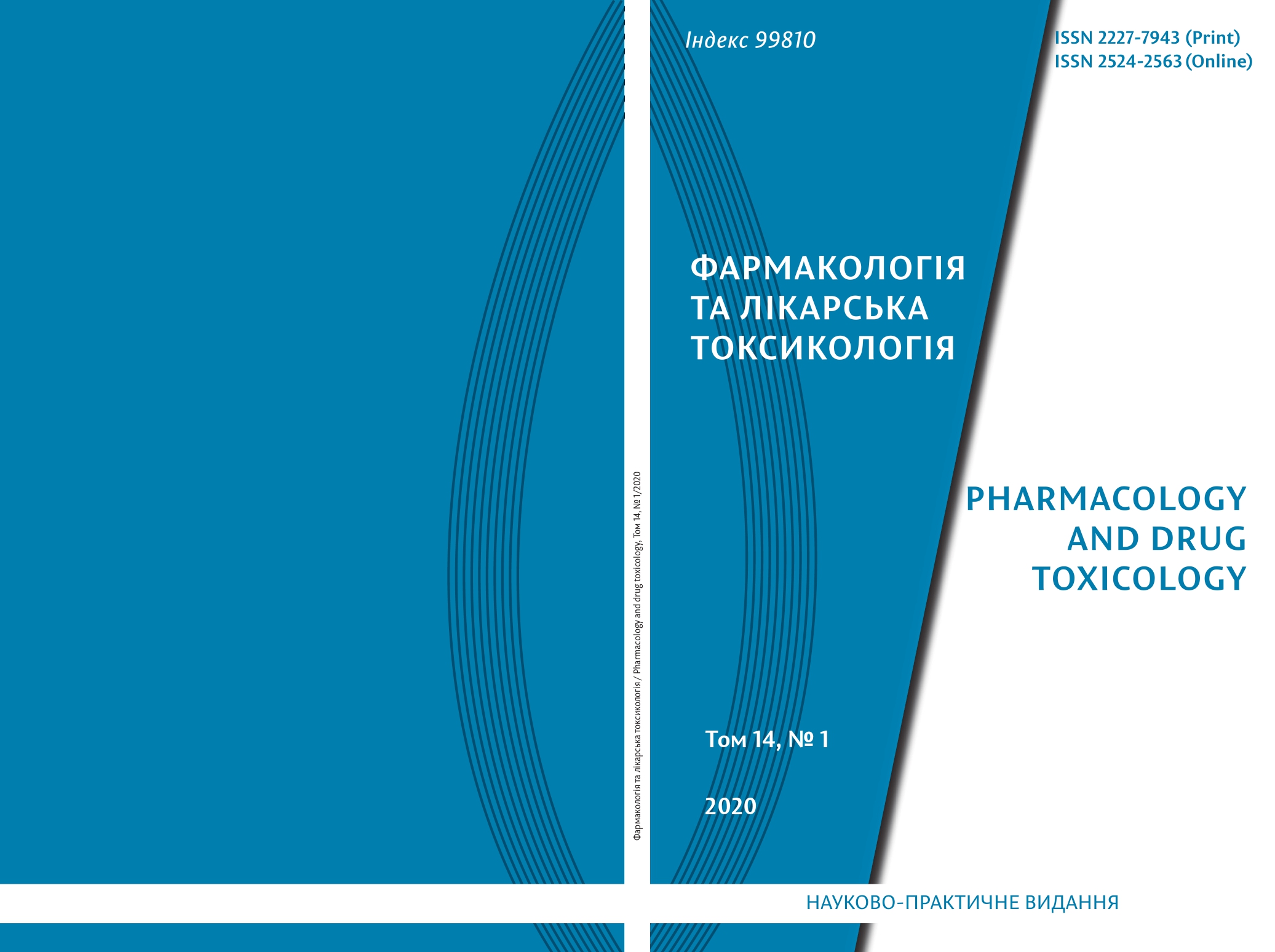Анотація
Відповідно до сучасних уявлень, інгібіцію циклооксигенази-2 (ЦОГ-2) розглядають як один з важливих механізмів протизапальної активності нестероїдних протизапальних препаратів (НПЗП). Тому пошук нових НПЗП, селективних до ЦОГ-2, є дуже актуальним завданням. Мета дослідження – синтезувати й оцінити потенційну спорідненість до ЦОГ-2 похідних 4-аміноN-(4,5,6,7-тетрагідро-3Н-азепін-2-їл)-бензенсульфонаміду порівняно з целекоксибом (ЦК) – відомим селективним інгібітором ЦОГ-2 на етапі первинного молекулярного докінгу. Кип’ятінням еквімолярних кількостей 2-метокси-3,4,5,6-тетрагідро-7H-азепіну та 4-амінобензенсульфонаміду в толуолі синтезовано 4-аміно-N-(4,5,6,7-тетрагідро-3Н-азепін-2-їл)-бензенсульфонамід. Подальшим модифікуванням кінцевої аміногрупи синтезовані відповідні ацил-(4 ас) і ароїл- похідні (5 dh). Визначено, що всі сполуки показують хороші значення вільної енергії зв’язування з сайтами ЦОГ-2. Проте базова молекула 3 і сполуки 4 ac займають положення в ніші, що є характерною для ЦК. Їхня мінімальна вільна енергія зв’язування знаходиться в межах від -8,6 ккал/моль до -9,3 ккал/моль, що дає підставу досліджувати ці сполуки як потенційні інгібітори ЦОГ-2. Експериментальну верифікацію прогнозу протизапальної та аналгезуючої активності похідних бензолсульфонаміду було проведено на прикладі найактивнішої сполуки 4 а з використанням білих мишей і щурів. Протизапальну активність сполуки 4 а досліджували на моделі карагенанового набряку, а антиноцицептивну дію на моделі вісцерального болю та больової реакції, індукованої карагенаном. Порівняльні дослідження сполуки 4 а з ЦК дозволяють передбачити, що один з механізмів протизапальної дії похідних 4-аміно-N-(4,5,6,7-тетрагідро-3Н-азепін-2-їл)-бензен сульфонамідів може бути реалізований шляхом взаємодії з ЦОГ-2. Отримані дані є свідченням перспективності пошуку активних сполук з властивостями інгібіторів ЦОГ-2 у зазначеному хімічному ряду.
